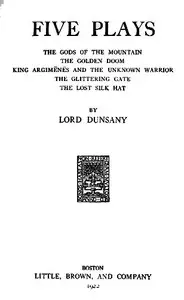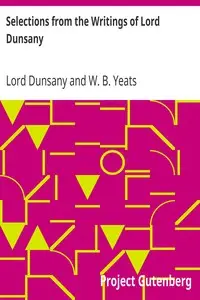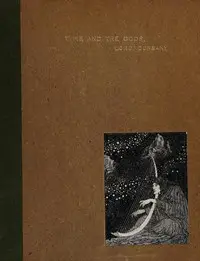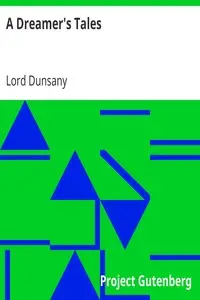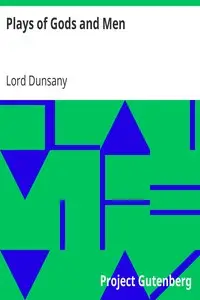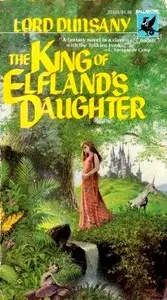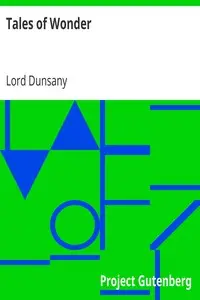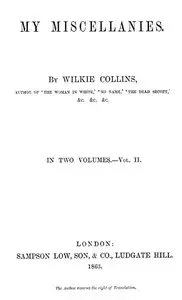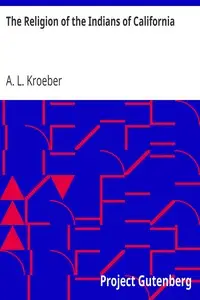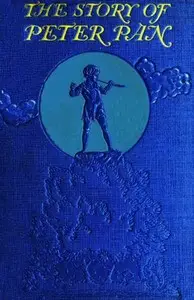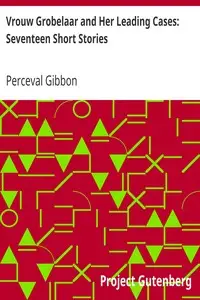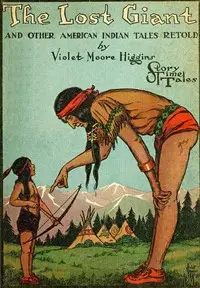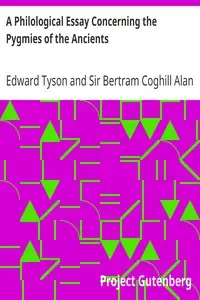"The Gods of Pegana" by Lord Dunsany is a collection of stories that tells about the creation of a group of made-up gods and how they control the worlds they live in. The stories explore big ideas like fate and what it means to be alive, mixing together the parts played by gods and humans in an imaginative world. The stories take place in Pegana, a make-believe place, where the gods, like MANA-YOOD-SUSHAI, who made everything, and Skarl, who drums to keep the world moving, control what happens to people. The stories ask important questions about life's meaning, what we can know, and accepting that nothing lasts forever, suggesting that understanding these things might be too hard for both gods and people.
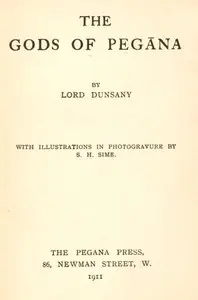
The Gods of Pegana
By Lord Dunsany
In a realm shaped by drumming gods and the whims of a powerful creator, mortals grapple with fate in the face of mysteries that may never be understood.
Summary
About the AuthorEdward John Moreton Drax Plunkett, 18th Baron Dunsany, commonly known as Lord Dunsany, was an Anglo-Irish writer and dramatist. He published more than 90 books during his lifetime, and his output consisted of hundreds of short stories, plays, novels, and essays; further works were published posthumously. Having gained a name in the 1910s as a great writer in the English-speaking world, he is best known today for the 1924 fantasy novel The King of Elfland's Daughter, and his first book, The Gods of Pegāna, which depicts a fictional pantheon. Many critics feel his early work laid grounds for the fantasy genre.
Edward John Moreton Drax Plunkett, 18th Baron Dunsany, commonly known as Lord Dunsany, was an Anglo-Irish writer and dramatist. He published more than 90 books during his lifetime, and his output consisted of hundreds of short stories, plays, novels, and essays; further works were published posthumously. Having gained a name in the 1910s as a great writer in the English-speaking world, he is best known today for the 1924 fantasy novel The King of Elfland's Daughter, and his first book, The Gods of Pegāna, which depicts a fictional pantheon. Many critics feel his early work laid grounds for the fantasy genre.



